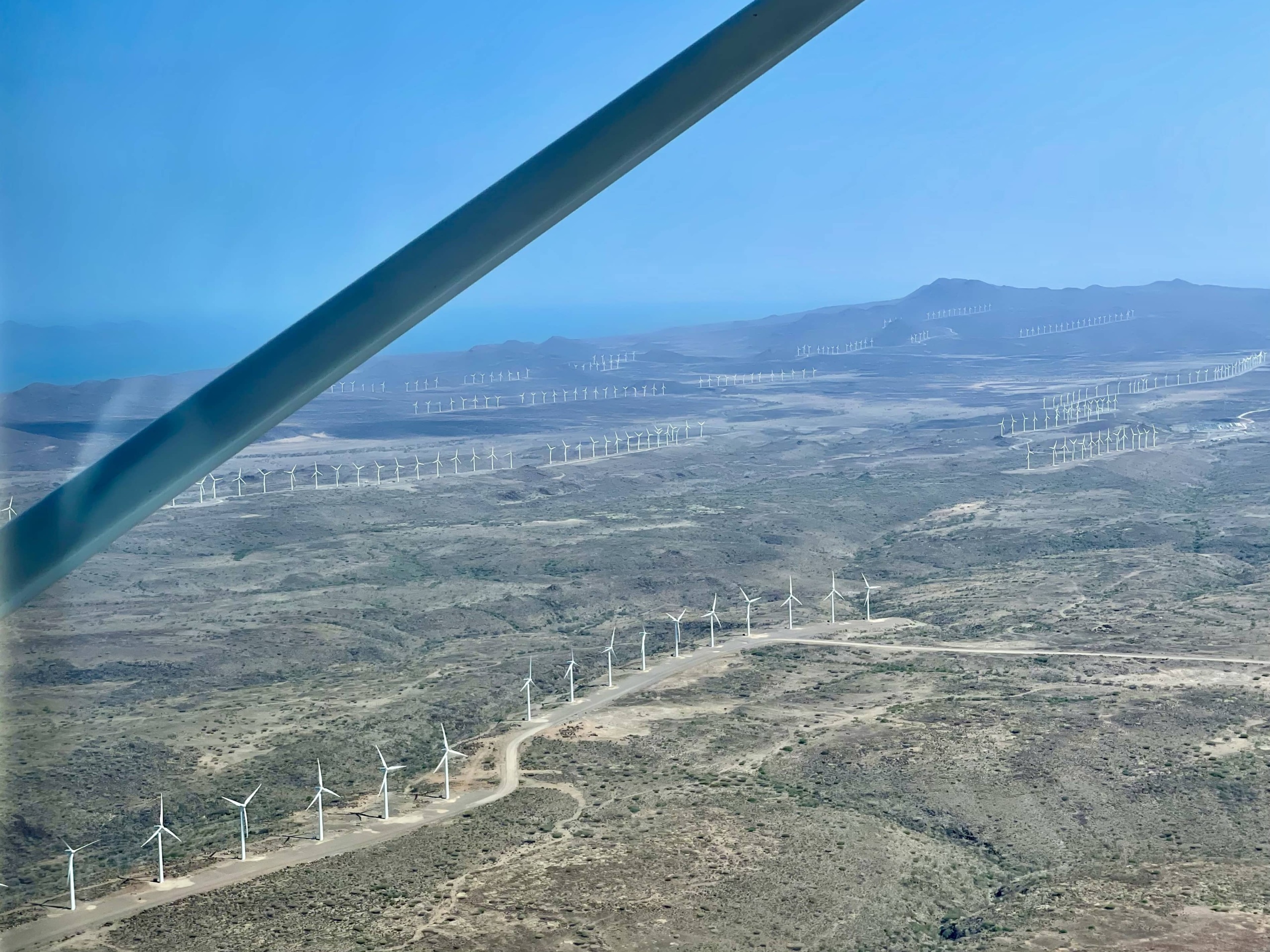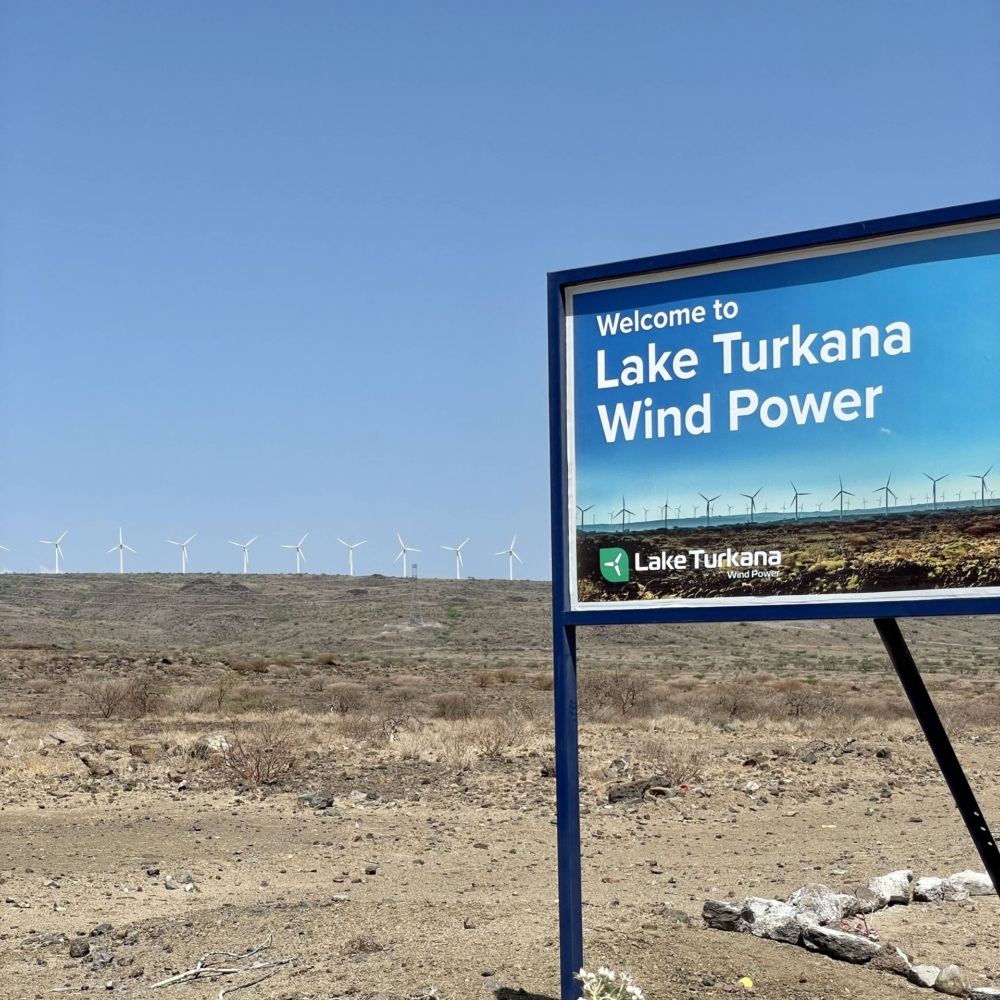Originally published by Katie Hill on LinkedIn.
I was thrilled to visit the Lake Turkana Wind Park (LTWP) in remote northern Kenya on the 5th anniversary of its commissioning. LTWP is an impressive feat of engineering, contributing more than 10% of Kenya’s power supply and connected to the national grid by a 420km high voltage line. It was the single largest private investment in Kenya’s history, over $600 million. By wind power standards, it’s a gem — one of the most ideal wind sites in the world with a 62% capacity factor (for the energy nerds), which is two times higher than the global average for wind, and the project is performing against its generation forecasts.
But, it also got me thinking, “Why haven’t we seen more projects of similar scale in Africa in the past 5 years?” LTWP is emblematic of what’s so challenging and complicated for grid-scale renewable energy in Africa and what we must solve to achieve universal clean energy access.

Source: Katie Hill
A few thoughts on the challenges:
- Extremely long development timeline: LTWP was commissioned 12 years after it was first conceived by local project developers. 10+ year development cycles are quite common across sub-Saharan Africa and can crush financial viability.
- Non-transparent power purchase agreement (PPA) process: Most PPAs in Africa are negotiated as one-off agreements and not through a competitive, transparent process. This can lead to high prices or specialized terms.
- Transmission risk: The quality, timing, and cost of the transmission lines are equally important — especially for renewables that are often more remote. In the case of LTWP, the transmission line was completed about 1.5 years late, leaving the wind farm sitting idle and the Kenyan utility paying “deemed energy” charges for power they couldn’t use.
- High cost of capital: Real and perceived risk is high and often hard for lenders to distinguish. But one very real risk is offtake — the creditworthiness of the local utility to pay its bills. This leads to a high cost of project debt, essentially always in hard currency, which means the PPA is also USD denominated and consumers absorb the FX fluctuations — which are quite substantial these days.
- Intermittent resources feeding into weak grids: This was thrown into stark relief when Kenya experienced its longest nationwide blackout in modern history on August 25, 2023. While the experts and stakeholders continue to debate the precise cause, it seems abundantly clear that Kenya’s energy system — like most grids across Africa — needs significant upgrades to be able to handle intermittent resources.
- Delicate community relationships: The complexity of dynamics with local communities cannot be underestimated for rural infrastructure projects. Because renewable energy projects are often in more remote locations due to resource and land availability, these projects are more likely to be in areas with rural, indigenous populations and, in the African context, communal landholding. Developers must be extremely intentional and delicate in how they handle these dynamics.

